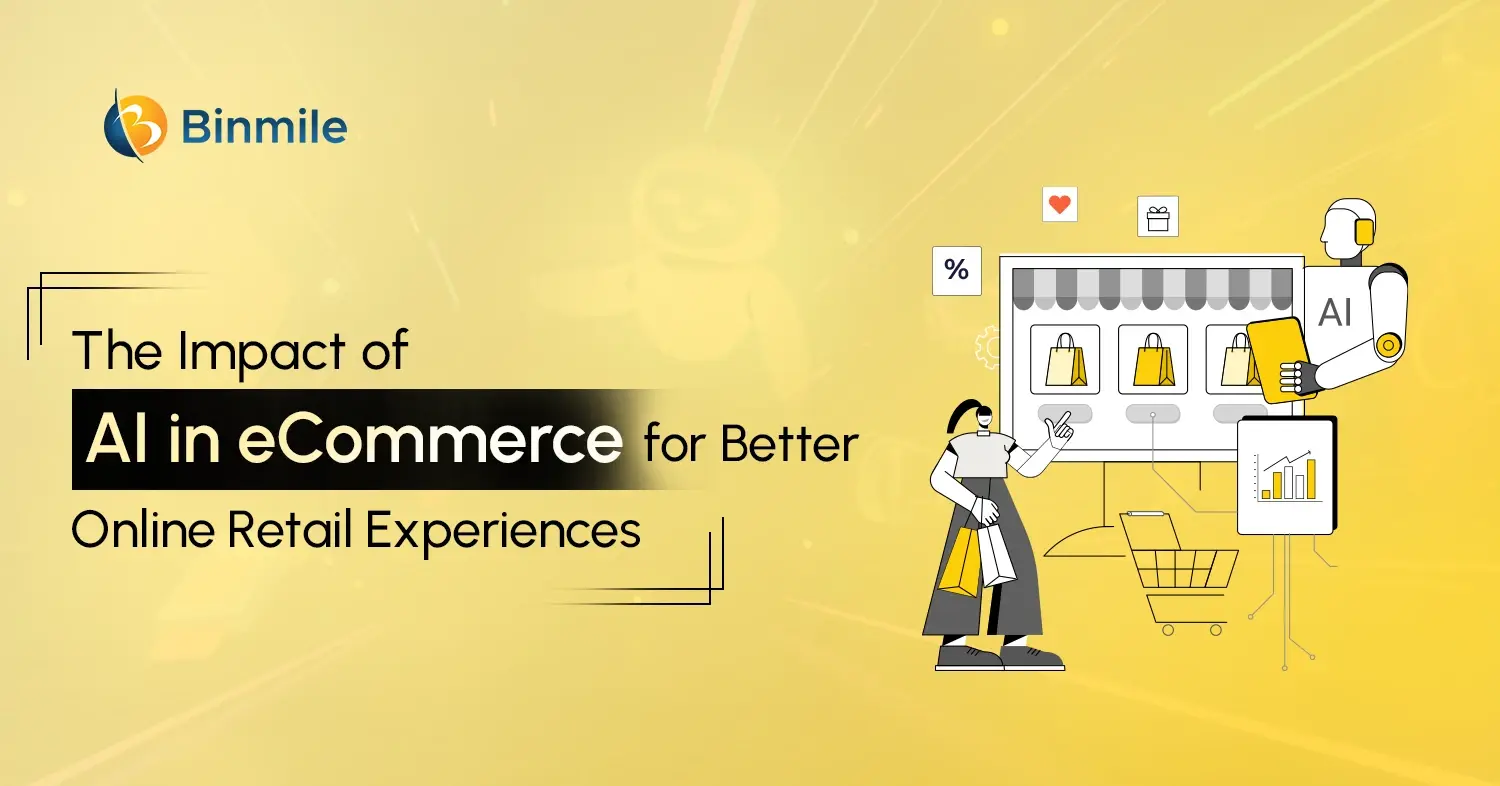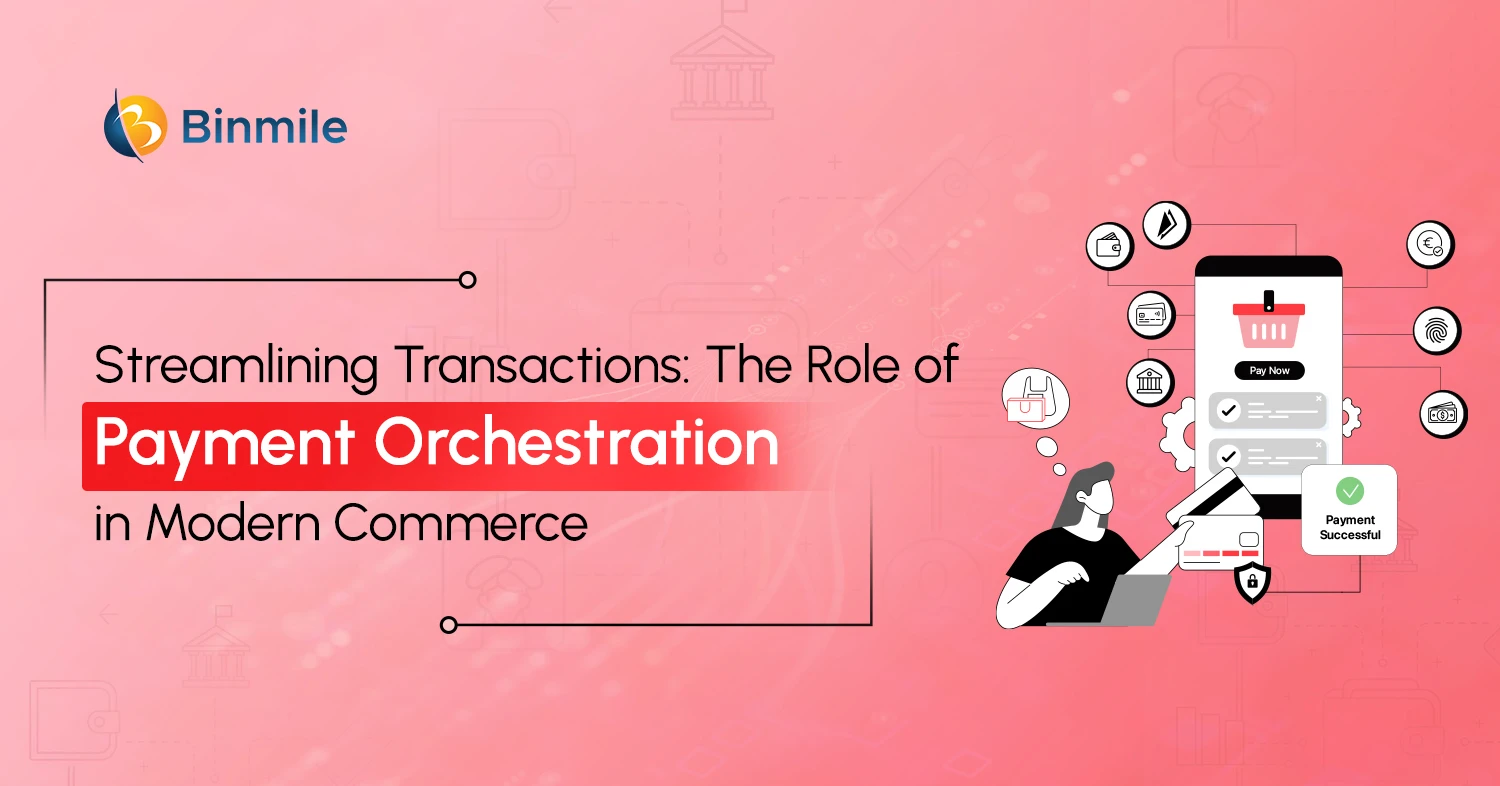With the rise of digitalization and a world that is increasingly mobile, the comfort of home is now the marketplace for virtually anything—from razors and dairy products to clothing, snacks, and even candles. Adding to this convenience is the option to receive essential items on a recurring monthly plan, eliminating the need to reorder each time. Subscription-based eCommerce models have swiftly emerged as a significant trend, with the online subscriptions market projected to be worth $2.3 trillion by 2028. This shift signifies a crucial evolution from traditional one-time transactions to sustained customer engagement, offering ongoing value over time.
Without a doubt, e-Commerce subscription models are set to transform the way businesses deliver convenience and e-commerce personalization, while also generating stable and predictable revenue streams. However, effectively leveraging this trend requires more than simply adopting the model. To help you get thoughtful execution and a deep understanding of customer relationship management, this blog will dive into what subscription-based eCommerce is. We’ll further share its benefits, a few popular subscription-based e-commerce models, and a key consideration to help you decide if this business model is right for you.
What are Subscription-Based e-Commerce Models?

Subscription-based e-commerce is a business model in which customers or users pay a recurring fee, which can be monthly or yearly, to get scheduled product delivery or anytime access to a service. In this model, a customer usually signs up for an account and enters their details and mode of payment just once. Then, their subscription fee is automatically charged on a regular basis until they cancel the subscription.
Top Subscription-Based e-Commerce Models
1. Replenishment Subscription
Ideal for products with predictable consumption rates, the retail subscription model ensures customers never run out of essentials. Automated deliveries or Gen AI in E-commerce, personalize customer experiences, improve customer retention and convenience, and reduce the risk of churn. For instance, Dollar Shave Club offers customizable shaving kits with flexible frequency, catering to personal grooming needs.
2. Curated Subscription
This type of subscription delivers personalized selections based on customer preferences, enhancing discovery and engagement. These e-commerce subscriptions often target niche markets, providing surprise elements that increase retention. For example, Nature’s Basket curates a list of organic food, imported ingredients, and exotic foods for its consumers.
3. Access Subscription
This retail subscription model provides exclusive content, premium services, or specialized tools, often in the digital space. It fosters loyalty and recurring revenue through continual value addition. For instance, Adobe Creative Cloud offers a suite of design tools, ensuring users have the latest software updates and cloud storage.
- Streaming services: Platforms such as Netflix, Hulu, and music stream apps like Spotify offer subscribers unlimited access to a library of movies, TV shows, music, and podcasts for a monthly fee.
- Online learning platforms: Subscribers can access courses and tutorials to grow their knowledge and skills. Primary examples are Udemy and Coursera, among others.
- Membership subscription: Encourages brand affinity by offering unique privileges like discounts, free shipping, or early access to products, strengthening customer relationships.
4. Hybrid subscription
These types of e-Commerce subscription models offer the benefits of various subscription models through one model. For example, a personal care brand could deliver personal hygiene products and curated surprise items or a membership that grants access to exclusive content, along with the option to replenish certain products periodically.
Get expert help to design a personalized, high-converting subscription eCommerce platform that drives recurring revenue and customer retention.

Key Reasons Why Subscription-Based E-commerce Models Are Beneficial for Businesses

- Steady Revenue Streams: These e-Commerce subscription models ensure a consistent and recurring income, aiding businesses in better financial planning. This stability reduces reliance on one-time purchases and seasonal demand fluctuations, providing a sense of economic security.
- Enhanced Customer Retention: By offering ongoing value, businesses build long-term relationships with customers and reduce churn rates. This customer-centric approach not only fosters loyalty but also contributes to positive word-of-mouth marketing and organic growth, making customers feel valued and important.
- Enhanced Inventory Management: With predictable demand, businesses can optimize stock levels, minimize waste and shortages, and streamline supply chain management and operations to reduce unnecessary costs.
- Scalability & Growth Opportunities: A stable subscriber base allows businesses to expand with confidence and unlock new revenue streams. Thus, companies can introduce premium tiers or complementary products to boost engagement.
- User Convenience: Customers get products delivered automatically without repeating purchases, and that too with a more personalized shopping experience. Eventually, these loyal subscribers also contribute to positive word-of-mouth marketing and organic growth, a win-win for both of them.
Navigating Challenges: Overcoming Obstacles to Maximize Success
Just like any other business model, e-commerce subscriptions have their fair share of challenges. The primary one is the risk of subscription fatigue. The market is filled with different companies vying for a slice of the subscription pie, which can easily make consumers feel overwhelmed by the multitude of options available to them. This could lead to subscription cancellations or customer ghosting.
Price sensitivity is another challenge, with so many options available to a customer, and it’s hard for businesses to convince potential customers of the long-term value while also keeping the cost-effectiveness. You want them to repeat purchases rather than one-off purchases. Then there’s the most challenging part of starting subscription-based ecommerce, which is the initial customer acquisition for subscription services. This step is both resource-intensive in terms of time, capital, and effort.
Also Read: eCommerce Chatbot
Is a Subscription Model Right for Your Business: 7 Factors to Consider
From digital tools to personal care products, companies are using e-commerce subscription models to set up consistent revenue streams and nurture stronger customer connections. Yet, despite its advantages, it’s not a universally effective model, not for everyone. Before shifting to this recurring direct-to-customer revenue strategy, decision-makers should carefully evaluate whether their product offering, market environment, and internal capabilities are suited to delivering sustained value on a repeat basis. Here are seven practical considerations to help you make an informed decision.

1: Differentiation and Market Positioning
To succeed with a subscription model, it’s crucial to offer more than just convenience. Your subscription must deliver something unique. This could be exclusive access, personalized offerings, or any added value that differentiates your service from standard one-time purchases.
At the same time, you need to understand where your offering stands in the broader market. If competitors have already established their presence, what makes your subscription worth choosing? If the market is less saturated, ensure there’s enough demand for your solution. Key considerations:
- What makes your subscription stand out from competitors?
- Are you offering exclusive features, such as early access, custom bundles, or loyalty rewards?
- How do you communicate your subscription’s unique value to customers?
2: Product Suitability
Some products are simply not designed for repeated use; therefore, subscription models work best for goods or services that offer continuous benefit or require regular replenishment. For instance, music streaming apps, wellness products, OTT platforms/digital platforms, or grocery delivery apps. If your product addresses a repeat need or integrates into a routine, a subscription can amplify its relevance and user engagement. So, ask yourself:
- Is my offering something customers will need regularly?
- Would scheduled or automated delivery enhance their experience?
- Is there a clear incentive for customers to continue subscribing over time?
3: Customer Behavior
Understanding how and when your customers buy is critical. If users frequently repurchase or tend to delay buying until they’ve run out of a subscription, it can simplify the process and increase retention. Review purchase frequency, return behavior, and digital product lifecycle to evaluate whether demand supports a recurring model. Signs to look for:
- Consistent reorder patterns
- Predictable usage habits
- Customer feedback indicates interest in automation
4: Operational Complexity
Launching a subscription program isn’t just about recurring billing, and it’s also about delivering reliably, month after month. This demands a strong backend operation: dependable supply chain management, proactive inventory planning, responsive customer service, and reliable digital systems. Any misstep in execution can quickly erode customer trust. Suppose you’re not confident in your delivery capabilities or are not well-prepared in advance against growing e-commerce security threats. In that case, it may be wise to refine operations before committing to a subscription rollout. Consider points such as:
- Are your fulfillment partners capable of managing ongoing delivery needs?
- Do you have systems in place and a solid e-commerce architecture to handle subscription logistics and updates?
- Can your support team resolve recurring issues efficiently and consistently?
5: Pricing and Profitability
Many subscription models begin with reduced margins or incentives to draw people in. Long-term success, however, depends on strong retention, cost efficiency, and the ability to increase customer value over time. Your pricing needs to strike a balance between competitiveness and sustainability. Be sure the quick-commerce models or e-commerce types align with your financial goals as your customer base grows. Evaluate metrics such as:
- Customer acquisition cost (CAC) relative to customer lifetime value (CLV)
- Subscriber duration and break-even timelines
- Churn rates and their effect on projected revenue
6: Customer Support and Experience
Customer support isn’t just about troubleshooting; it’s about keeping your customers engaged, informed, and happy. A subscription model that includes exceptional AI-driven customer services can help build long-term trust and loyalty. Excellent customer support is crucial in addressing concerns, handling inquiries, and resolving issues quickly. Additionally, providing a seamless and personalized customer experience can increase retention and reduce churn rate. Consider the following:
- Do you have a responsive support team that can handle ongoing issues?
- How can you personalize the customer experience to make subscribers feel valued?
- Is your customer support easily accessible, with multiple channels of communication?
7: Retention Strategy
Signing up a customer is only the first step; if you want to make your subscription model work, you need a strategy to deliver value and engagement continuously. Otherwise, churn will offset any growth. Both transparency and flexibility not only reduce friction and optimize the checkout process but also reinforce customer trust. Remember, ecommerce subscription management must focus on thoughtfully managing your retention experience for a stronger recurring revenue foundation. So, key elements to factor in:
- A precise post-signup communication flow
- Ongoing content, updates, or perks that build loyalty
- User-friendly options for pausing, updating, or canceling the plan
Boost retention and sales with a powerful mobile app designed for your e-Commerce business success with seamless UX, intelligent analytics & personalized experiences.

Powering Subscription-Based e-Commerce with Binmile’s eCommerce Expertise
If you are also looking forward to starting a Subscription-Based e-commerce business, remember that efficiently managing e-commerce subscriptions while keeping users engaged is essential, but also challenging. A well-designed eCommerce mobile app provides a direct, personalized communication format to customers, eliminating the central pain points:
- Seamless Subscription Management: Enable users to update/pause or renew plans with no friction.
- Stronger Retention: Prompt push notifications and in-app messages assist in sustaining user engagement.
- Improved User Experience: Personalized UI/X and responsive design contribute to better satisfaction and repeat usage.
- Actionable Analytics: From in-app behaviour, insights can guide product decisions as well as retention strategies.
- Consistent Brand Presence: An intuitive and high-performing app keeps your brand accessible at a finger’s length.
Partnering with the right development team is critical for e-commerce success.
At Binmile, our team of e-Commerce developers is equipped with the capabilities to deliver industry-best e-Commerce app development services. With a future-ready approach, we help businesses exceed evolving customer expectations effortlessly. We have expertise in building secure, scalable, customized mobile apps for e-commerce tailored to the unique needs of subscription models—integrating intuitive UX, seamless backend systems, and data-driven strategies that enhance customer engagement and conversion rates.
Ready to scale your subscription eCommerce? Contact us today for free & expert development assistance!









